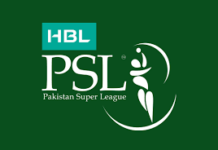Pakistan, endowed with diverse natural and mineral resources, boasts an annual salt production of about 2 million tons, with the Khewra Salt Mine being a primary contributor. As the world’s second-largest salt mine, Khewra holds an estimated reserve of 220 million tons of rock salt, drawing both industrial significance and tourist interest.
Among Pakistan’s unique salt varieties, Himalayan pink salt stands out. With a distinctive pink hue derived from iron oxide and other minerals, this salt is renowned for its perceived health benefits. Widely used for culinary purposes and as a decorative element, it has gained popularity both domestically and internationally, particularly in the USA. Pakistan proudly holds the title of the world’s largest producer and exporter of pink salt, intending to register it as a Geographical Indication to safeguard its authenticity and quality.
Nevertheless, the country encounters challenges in advancing its salt industry, notably in areas such as marketing, value addition, and industry development. These challenges impact the global perception and competitiveness of Pakistani salt, limiting profitability and product diversification. In particular, insufficient marketing and branding, especially for pink salt, contribute to lower selling prices when exported, only to be rebranded and resold at higher prices by other countries. To unlock its full salt potential and compete globally, Pakistan must enhance salt quality, implement effective marketing strategies, and focus on value addition.
AZEEM HAKRO
UMERKOT





















